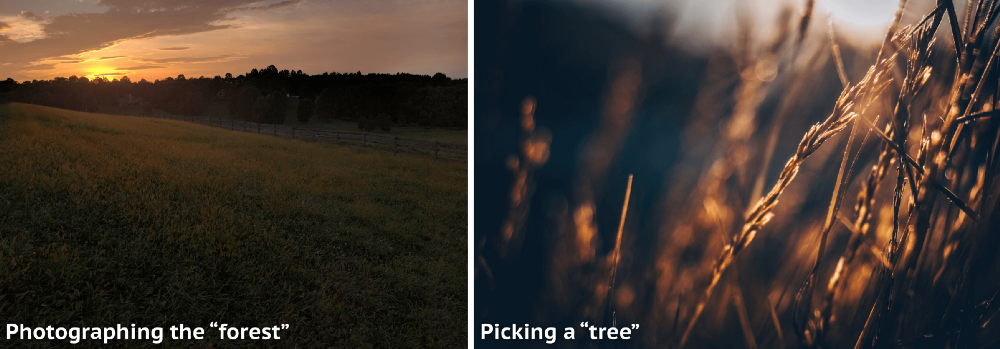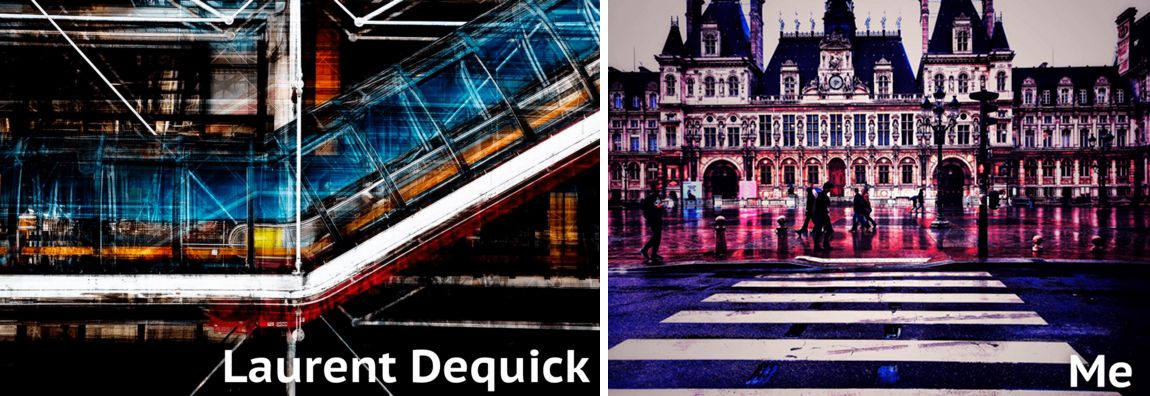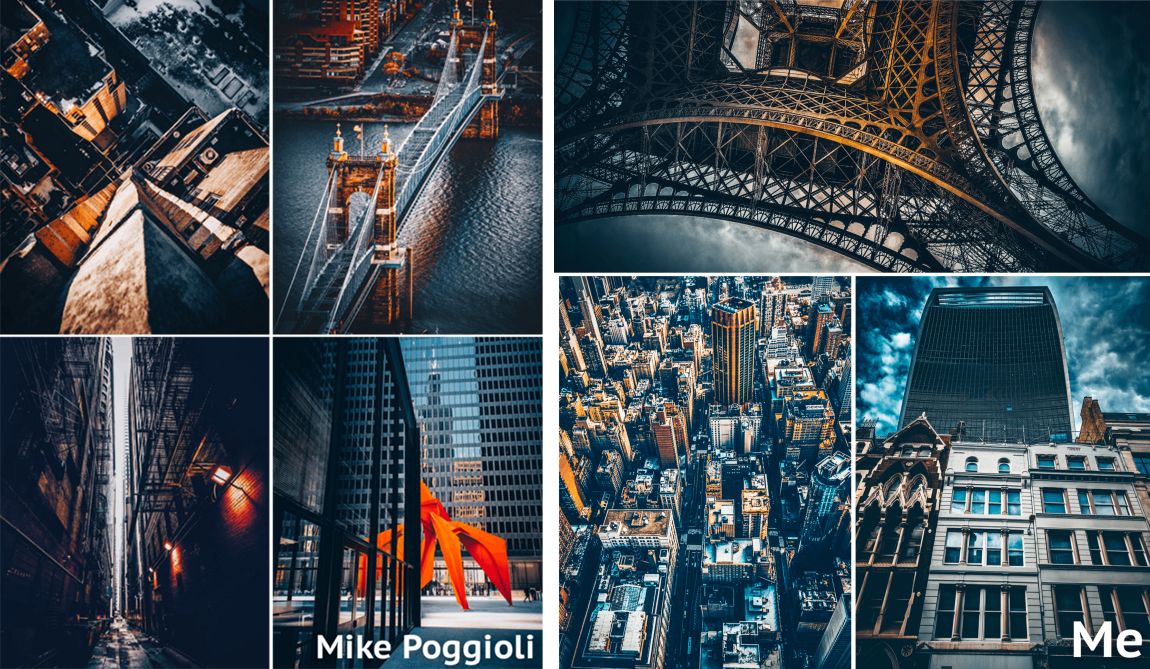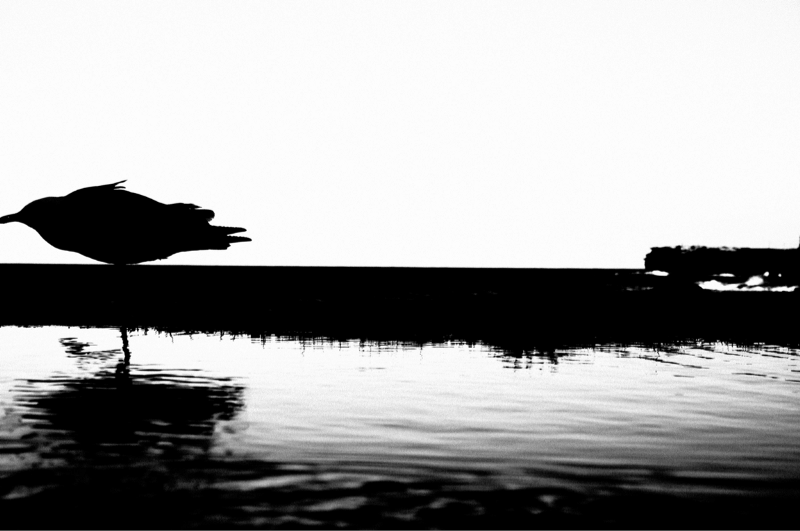I’m standing at the Australian coast, looking out onto a breathtaking sunset. I pull out my phone and take a picture:
I look down at my phone, puzzled — it was as if I had destroyed something beautiful. It’s an OK picture, but nothing compared to the sunset that was right in front of me. The image on other side of the camera did not tell the same story… something happened when I tried to put a border on what I was seeing.









